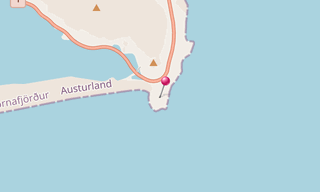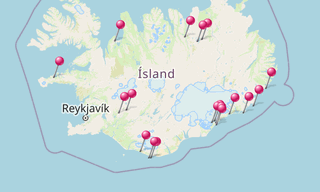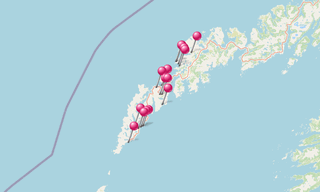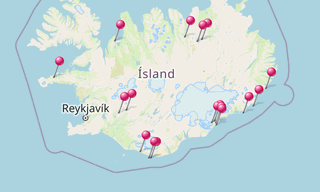Part of the Krossanesfjall is the famous rock outcrop Eystrahorn (also called Austurhorn), on the other side of the wide bay of Lón the Vestrahorn (757 m). The Eystrahorn is also called Hvalnesfjall, because of the now abandoned farm Hvalnes at his foot. Both mountains are believed to be intrusions and consist of magma that slowly cooled below the Earth’s surface. At the same time, they probably formed the edge of a large caldera that filled the current bay of Lón.
Both the Vestrahorn and the Eystrahorn consist of two different plutonic rocks: gabbro and granophyr. Today’s appearance is due to the peaks of erosion caused by glaciers, wind and water. And thanks to their special type of rock, Eystrahorn and Vestrahorn have more in common with mountains of the Alps than with basalt or rhyolite mountains common in Iceland.

.hero.landscape.jpg)

.jpg?w=256)
.jpg?w=256)
.jpg?w=256)
.jpg?w=256)
.hero.jpg?w=320)

-(121).hero.jpg?w=320)

.hero.jpg?w=320)
